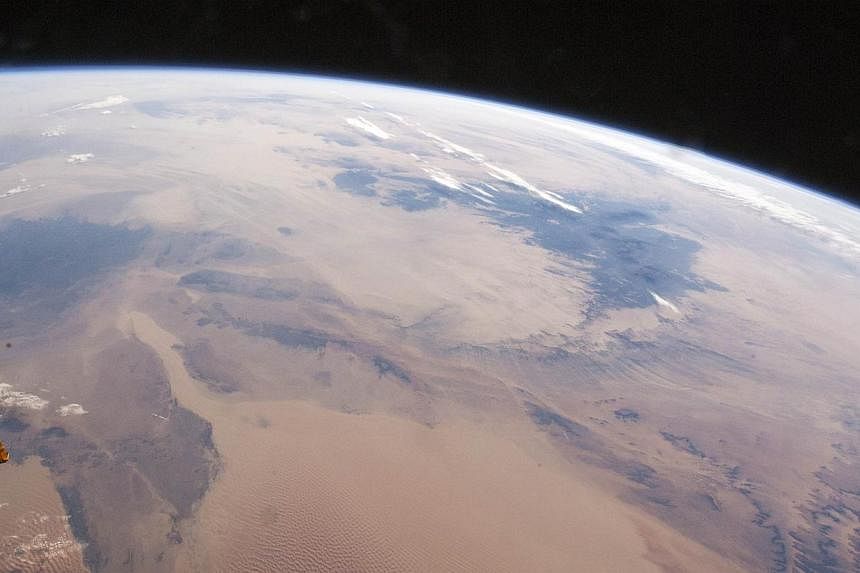MIAMI (AFP) - Eight new planets have been found orbiting their stars in the so-called "Goldilocks zone", neither too hot nor too cold for water and possibly life to exist, astronomers said on Tuesday.
The discovery doubles the number of known planets that are close in size to the Earth and believed to be in the habitable zones of the stars they orbit.
Two of the eight are the most Earth-like of any known planets found so far outside our solar system, astronomers told the 225th meeting of the American Astronomical Society in Seattle, Washington.
"Most of these planets have a good chance of being rocky, like Earth," said lead author Guillermo Torres of the Harvard-Smithsonian Centre for Astrophysics.
The worlds were found with the help of Nasa's planet-hunting Kepler mission.
But since the planets were all too small to be confirmed by measuring their masses, scientists used a computer program called Blender to determine that they are statistically likely to be planets, the centre said in a statement.
The same program "has been used previously to validate some of Kepler's most iconic finds, including the first two Earth-size planets around a sun-like star and the first exoplanet smaller than Mercury", it said.
While it is intriguing to consider the possibility of life existing on another planet like ours, the two best candidates are so far away that learning more about them presents a big challenge.
Kepler-438b is circling its star at a distance of 470 lightyears from Earth. The other, Kepler-442b, is 1,100 lightyears away.
Kepler-438b has a diameter that is 12 per cent bigger than Earth, and maintains a 70 per cent chance of being rocky, researchers said.
Kepler-442b is about a third larger than Earth, and experts say there is a three in five chance it is a rocky planet.
"We don't know for sure whether any of the planets in our sample are truly habitable," said second author David Kipping, also of Harvard-Smithsonian.
"All we can say is that they're promising candidates."

